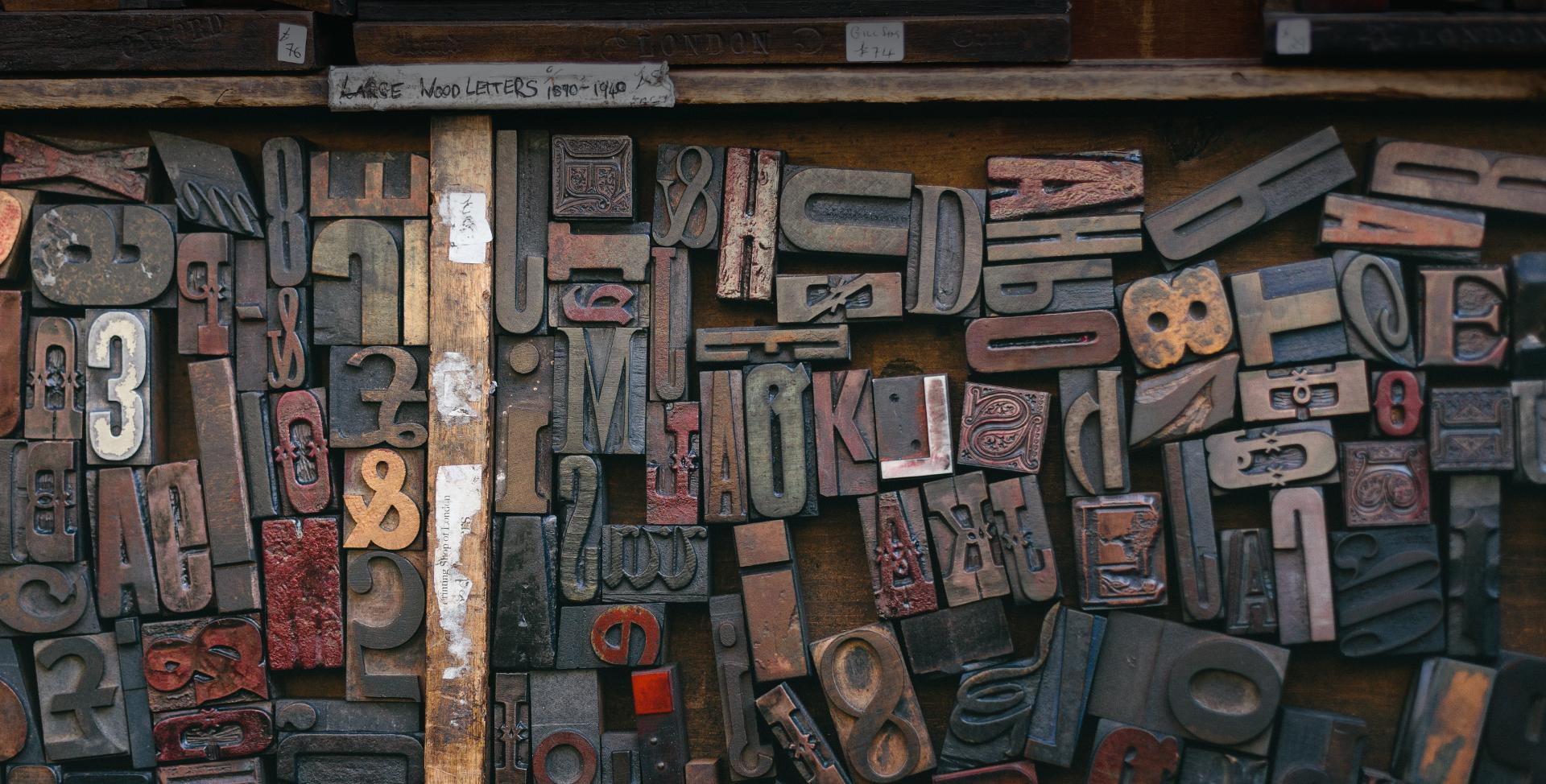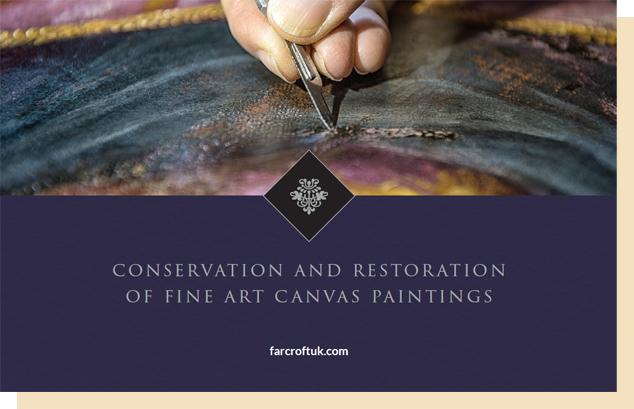
Triumph or Travesty? The Controversial Restoration of the Sistine Chapel
The frescoes of the Sistine Chapel together make up one of the most significant works of art in the world. Their conservation-restoration between 1980 and 1994 was one of the most significant conservation-restorations of the 20th century, and perhaps ever. But it was not without its controversies.
To say that the work divided opinion among art lovers and historians would be an understatement, and it is a subject that still encourages much debate today.
As experts in fine art restoration, here at the Farcroft Group we understand that there are many sensitivities to the work we do, including how much to intervene in restorations of this type.
In this blog, we explore the methods employed in the Sistine Chapel restoration in more depth, and consider both sides of the debate.
ABOUT THE FRESCOES
The Sistine Chapel was built by Pope Sixtus IV within the Vatican, and completed in around 1481. Its walls were decorated with frescoes painted by some of the most highly-regarded Italian artists of the time, including Ghirlandaio, Perugino and Botticelli.
Over the next 60 years, the Chapel was further enhanced by the addition of a painted ceiling and further fresco of the Last Judgement by Michelangelo, as well as by the addition of tapestries on the lowest tier.
Together, the paintings are considered to make up the greatest pictorial scheme of the Renaissance while, individually, some of Michelangelo’s paintings on the ceiling are among the most notable works of western art ever created.
PREVIOUS RESTORATIONS
The works undertaken in the later years of the 20th century were not the first attempts to conserve and restore these important works of art.
In around 1547, there were concerns that water was penetrating through to Michelangelo’s ceiling from the floor above, causing damage from saltpetre and cracks. This was treated by applying linseed or walnut oil to make the crystalline deposit more transparent.
Meanwhile, in 1625, Simone Lagi wiped the ceiling with linen cloths and rubbed it with both wet and dry bread, a process he claimed at the time had “returned [the paintings] to their previous beauty without receiving any harm”, although his peers claim that he “almost certainly” applied layers of glue-varnish to revive the colours.
Between 1710 and 1713 painter Annibale Mazzuoli and his son used sponges dipped in Greek wine to remove soot and dirt that had become trapped in the oily deposits of the ceiling’s previous restoration, before Mazzuoli repainted areas that had lost their impact (marking them out with hatching or a linear brushstroke) and applied a glue varnish.
Finally, the Restoration Laboratory of the Vatican Museum between 1935 and 1938 performed some cleaning works to remove soot and dirt, and consolidated areas of the intonaco (plasterwork) at the eastern end of the building.
MODERN RESTORATION: A MONUMENTAL CHALLENGE
The most recent conservation-restoration of the Sistine Chapel frescoes was carried out by a team of experts following the guidelines for the restoration of works of art established in 1978 by Carlo Pietrangeli, the then director of the Vatican’s Laboratory for the Restoration of Pictures.
The restorers were to study the frescoes intensively and use the appropriate procedures and materials to bring them back to their best. These interventions were to be simple, extensively tested, un-harmful and – if necessary – reversible. They were to repair cracks and other structural damage in the base plasterwork, conserve surfaces that were in danger of further deterioration from bubbling and flaking, and remove anything that was causing a negative effect on the appearance of the paintings, including deposits of candle wax and soot, layers of discoloured glue and varnish, salt deposits caused by water leakage, evidence of repainting by previous restorers, and the stickiness caused by the application of animal fat and vegetable oil during previous restoration attempts. Certain small areas were to be left unrestored, for historical record. All stages of the process were to be documented.
Preparation and approach
Before beginning work, the restoration team spent six months investigating the composition and condition of the frescoes. They questioned members of the team that had worked on the paintings in the 1930s and tested small areas of the wall frescoes to determine the right approaches and solvents to use. These chosen methods would then be changed and adapted throughout the restoration process as the team encountered fresh problems and challenges.
The first stage of restoration – to the vertical surfaces and curved spandrels around the upper sections of the windows – was carried out from aluminium scaffolding which was fitted into the same holes in the walls that Michelangelo had used centuries earlier. When the team moved on to work on the ceiling, they would again employ a similar method to Michelangelo, working from a stepped and arched platform supported by a shelf cantilevered outwards from the scaffolding, although modern lightweight materials would allow this platform to be wheeled from one area to another rather than having to be dismantled and reassembled each time as in Michelangelo’s day.
Environmental protection
Protecting the frescoes against future damage was a key part of the restoration process. An air conditioning system with some 92 sensors and necessitating 26km of wiring was installed to protect against rapid changes in air temperature and humidity. The air in the lower part of the building was to be kept cooler and circulate more rapidly to encourage dirt particles to fall to the floor rather than circulate up near the ceiling, while bacteria and chemical pollutants would be filtered out.
Restoration process
The restoration team began by removing earlier bronze braces that had been used to stabilise surfaces but were now causing cracking, filling the holes left behind, and injecting a polyvinylacetate resin to re-attach any areas of plaster that were in danger of breaking away. Diluted acrylic resin was applied to any pigments that were not well-adhered.
The next stage was to clean the surfaces. Soot and water-soluble gums were washed away using distilled water, while a gelatinous solvent was used to remove retouching and repainting carried out by previous restorers. Salt deposits were eradicated by treating them with a solution of dimethylformamide, before a weak solution of acrylic polymer was applied to consolidate and protect the surfaces.
Some areas were retouched in watercolour to integrate the pictorial material. These areas are not visible from a distance but – up close – viewers would easily distinguish these areas as restoration work thanks to the distinctive vertical brushstrokes used.
CRITICAL REACTION
There is no doubt that the restoration of the Sistine Chapel frescoes had a profound effect on art lovers and historians. Those in favour claimed that the works had revealed colours and details that had not been seen for centuries. As a result, art scholar John Osborne declared: “Every book on Michelangelo will have to be rewritten”. Meanwhile, Carlo Pietrangeli – former Director General of the Vatican Museums – wrote of the restoration: “It is like opening a window in a dark room and seeing it flooded with light”.
But others were far more critical. In an essay entitled Lie and Misdemeanors, Gianluigi Colalucci’s Sistine Chapel Revisited, Richard Serrin wrote: “The [so-called] Glorious Restoration of Michelangelo’s frescoes has destroyed them forever. What we say now cannot bring them back to life. We can only speak out to document the accountability of the Vatican restorers so that it does not pass unrecognised.”
A controversial decision
There was opposition to the idea of restoring Michelangelo’s frescoes from the moment it was announced. Art historians around the world issued repeated warnings about the dangers of over-strenuous restoration, citing the damage caused by previous attempts as evidence of their fears. A petition started by New York art dealer Ronald Feldman calling for Pope John Paul II to stop the works was signed by 15 well-known artists including Robert Motherwell, George Segal, Robert Rauschenberg, Christo and Andy Warhol.
Criticisms of the restoration
In part to counteract early fears, the restoration team was determined that every element of the works would be handled transparently, so that the media, art historians and other people interested in the restoration would be kept well-informed. However, the Nippon Television Network Corporation – which had sole photography rights – was accused of being reluctant to make public photographs recording every stage of the process that might have laid to rest fears that the work wasn’t being completed appropriately.
The part of the restoration which caused the most concern was the ceiling, painted by Michelangelo. The emergence of bright colours from the gloom fuelled fears that the cleaning processes being used were too severe.
Critics argued that the restorers had failed to understand the techniques Michelangelo used and, as such, had employed universal methods that had subsequently robbed the paintings of considerable detail.
It has been argued that close examination of the frescoes of the lunettes convinced the restorers that Michelangelo worked exclusively in buon fresco, i.e. on freshly laid plaster, and did not come back and add details a secco (once the plaster had dried). They then used a solvent that stripped the ceiling back to its paint-impregnated plaster and removed any work Michelangelo might have completed a secco, to make changes or add further detail. Critics point to several areas of the frescoes where eyeballs were previously discernible but have now been removed.
Opponents of the modern restoration have also argued that the restorers, in cleaning the ceiling, mistakenly decided that all the layers of grease, soot and dirt had accumulated as the result of candles burning in the Chapel over hundreds of years. They claim that Michelangelo laid down bright, contrasting colours side-by-side in buon fresco, allowed the plaster to dry and then painted on carbon black in a wash of glue to suggest shadows and add definition. The effect of cleaning off this carbon black – they suggest – is a loss of dramatic intensity, shadow and definition in several places where this approach has been assumed. Andrew Wordsworth of The Independent described the restored ceiling as having a “curiously washed-out look, with pretty but flavourless colouring – an effect quite unlike that of Michelangelo’s intensely sensual sculpture”.
TRIUMPH OR TRAVESTY?
Without being able to speak to Michelangelo himself, there is no way of knowing which side of the debate is the correct one. Is the restoration of the Sistine Chapel ceiling a terrible travesty completed by restorers who failed to understand Michelangelo’s methods of painting, or a wonderful example of a stunning piece of artwork brought back to life and preserved for future generations to enjoy? We may never know if we should be calling it a “good” restoration or a “bad” restoration, but it is certainly a significant one.
For more information on Farcroft’s work, please visit www.farcroftgroup.com.


 For additional information about fine art conservation and restoration read our ebook where we look into further science and art of conserving the artwork of history.
For additional information about fine art conservation and restoration read our ebook where we look into further science and art of conserving the artwork of history.
